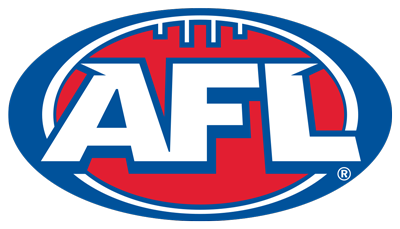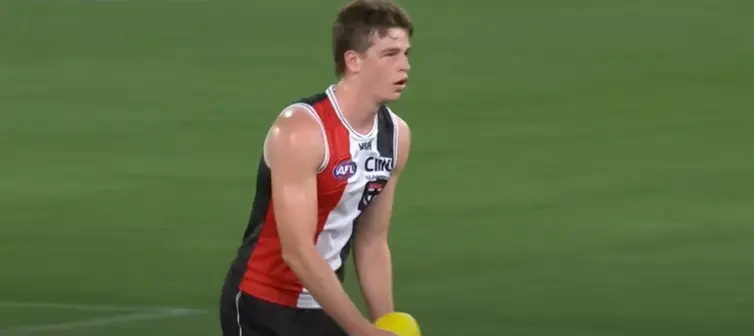AFL Ruckman: Strategies and Evolution
Last updated on July 2, 2024 at 16:10 pm
Posted on March 24, 2024 at 08:29 am
The evolution of ruck strategies in Australian Rules Football has shifted from heavy and physical to agile and skillful play, emphasizing tap and mobile rucking techniques. Modern rucks showcase versatility in styles, adapting to rule changes. Recruitment trends now favor athleticism and agility, reshaping the ruck landscape. Notable rucks like Max Gawn and Nic Naitanui exemplify the dynamic and strategic impact of modern-day rucks. Their versatility and strategic prowess have transformed the traditional role, influencing team success. Understanding these modifications reveals the intriguing developments in ruck gameplay.
Evolution of Ruck Styles
The evolution of ruck styles in Australian rules football has seen a significant change over the years. It has shifted from heavy and physical rucks to more agile and skillful players utilizing tap and mobile ruck techniques. Traditionally, heavy rucks focused on physicality and force to dominate the contest, often relying on sheer size and strength to win hit-outs. However, with the introduction of tap ruck and mobile ruck strategies, the focus has shifted towards players who can skillfully palm the ball to advantage teammates or cover a lot of ground with agility and endurance.
This evolution has transformed the ruck position into a more dynamic and strategic role. Precision and athleticism now play a critical part in achieving success on the field.
Strategies for Modern Rucks
In the contemporary landscape of Australian rules football, modern rucks employ a diverse array of strategic approaches tailored to optimize team performance and tactical outcomes. These strategies encompass various styles like tap rucking, where precise palm taps are used to advantage teammates, mobile rucking that emphasizes covering ground with agility and endurance, and heavy rucking which relies on physical strength to punch the ball forward.
Additionally, modern rucks must adapt to the 2003 rule change that requires them to stand at opposite sides and run towards each other, emphasizing the need to maximize their jump and reach to secure taps. Teams also implement attacking strategies such as tandem rucks and designated targets for kick-ins, along with defensive tactics like dropping back into the hole or blocking forward leads to control the flow of play effectively.
Impact of Rule Changes
Analyzing the evolution of ruck regulations reveals the intricate adjustments influencing strategic gameplay in Australian rules football. Rule changes, such as the requirement for rucks to stand at opposite sides and run towards each other since 2003, have notably impacted the dynamics of ruck contests. Players now must maximize their jump and reach to secure advantageous taps, altering the strategic approach to these critical moments.
Additionally, the outlawing of the third man up tactic has forced teams to reconsider their defensive and offensive strategies during ruck contests. These rule modifications have not only reshaped the role of rucks but have also prompted teams to innovate new tactics to adapt to the changing landscape of ruck play.
Related AFL Skill: AFL Shepherding
Recruiting Trends in Ruck Positions
Following the evolution of ruck regulations in Australian rules football, a significant aspect to analyze is the emerging recruiting trends shaping the landscape of ruck positions in contemporary AFL clubs.
Specialized Skill Sets: Clubs are now looking for ruck players with versatile afl skill sets beyond traditional tapping abilities.
Athleticism Over Height: There is a growing trend towards recruiting rucks based on their athleticism, agility, and vertical leap rather than solely focusing on height.
Versatility in Playing Style: Modern rucks are expected to contribute not only in ruck contests but also in ground-level play, prompting clubs to seek players with diverse playing styles.
These trends reflect a shift towards a more dynamic and multifaceted approach to ruck recruitment in the current AFL landscape.
Notable Modern-Day Rucks
Amidst the dynamic evolution of ruck strategies and player recruitment trends in Australian rules football, the contemporary landscape showcases a cohort of exceptional modern-day rucks making significant impacts in the AFL. layers like Max Gawn from the Melbourne Demons have revolutionized the ruck position with their versatility, strong marking abilities, and strategic prowess. Gawn’s dominance in the ruck contests has been instrumental in his team’s success, showcasing the importance of a reliable ruckman in the modern game.
Similarly, Nic Naitanui from the West Coast Eagles has redefined the role of the ruckman with his athleticism, agility, and ability to impact games both in the air and on the ground. These modern-day rucks embody the evolution of the position and continue to shape the game with their unique skill sets.
Conclusion
In summary, the evolution of ruck strategies in Australian Rules Football has been a fascinating journey marked by significant changes in playing styles, tactics, and physical demands.
From the traditional heavy ruck to the more agile and skillful approaches seen today, ruckmen have adapted to rule changes and innovations to thrive in the modern game.
Recruiting trends and success stories have further reshaped the landscape of ruck play, highlighting the importance of strategic planning and player development in this vital position.
_________












